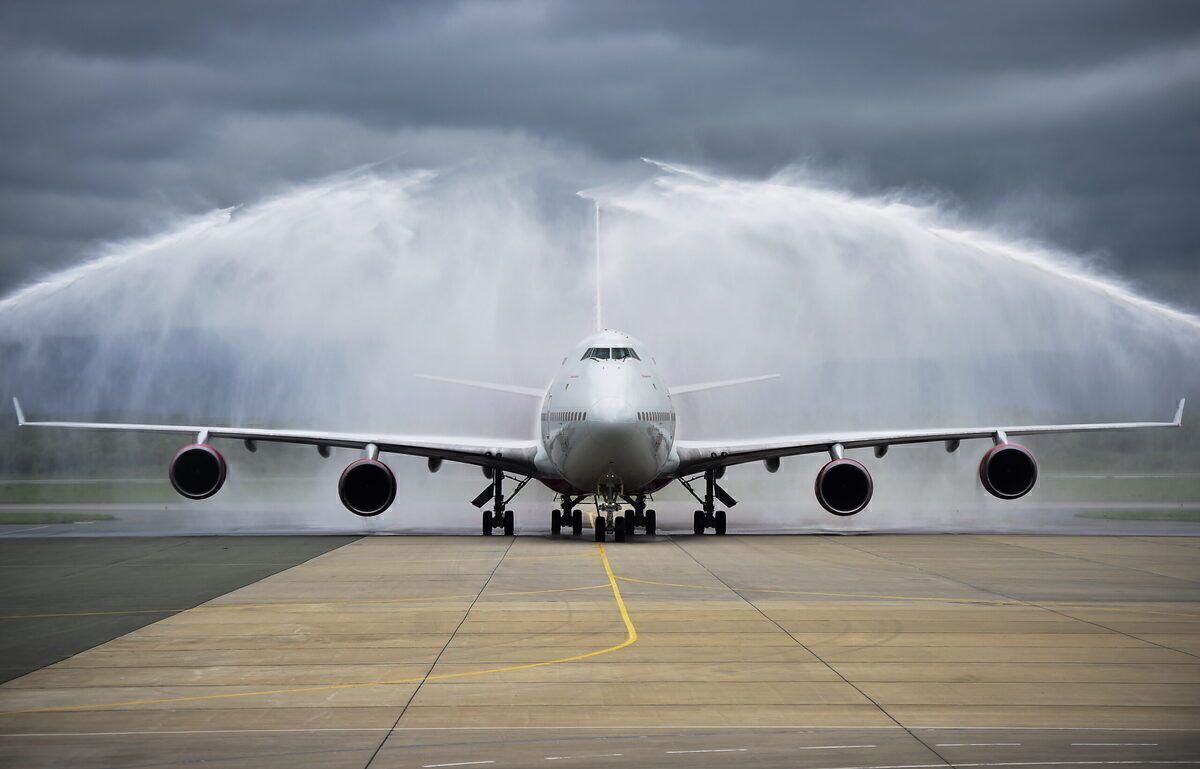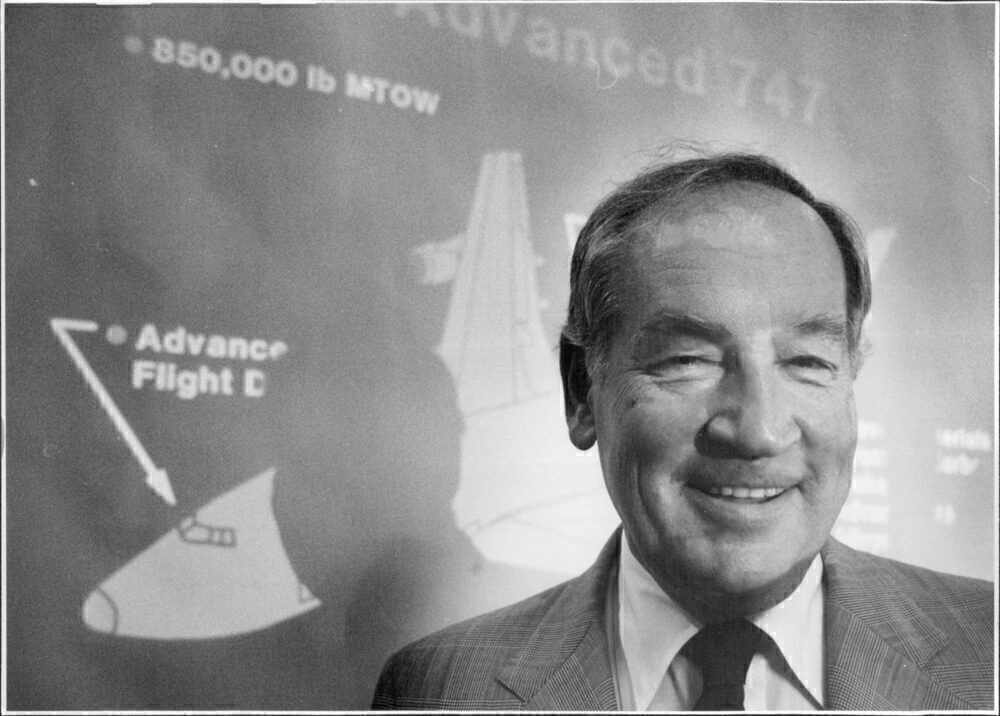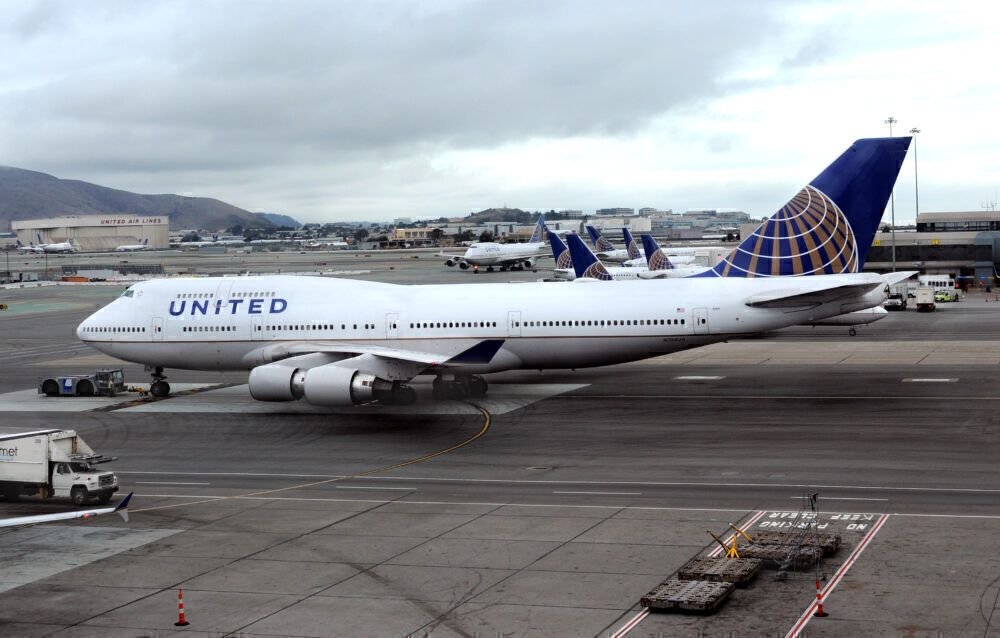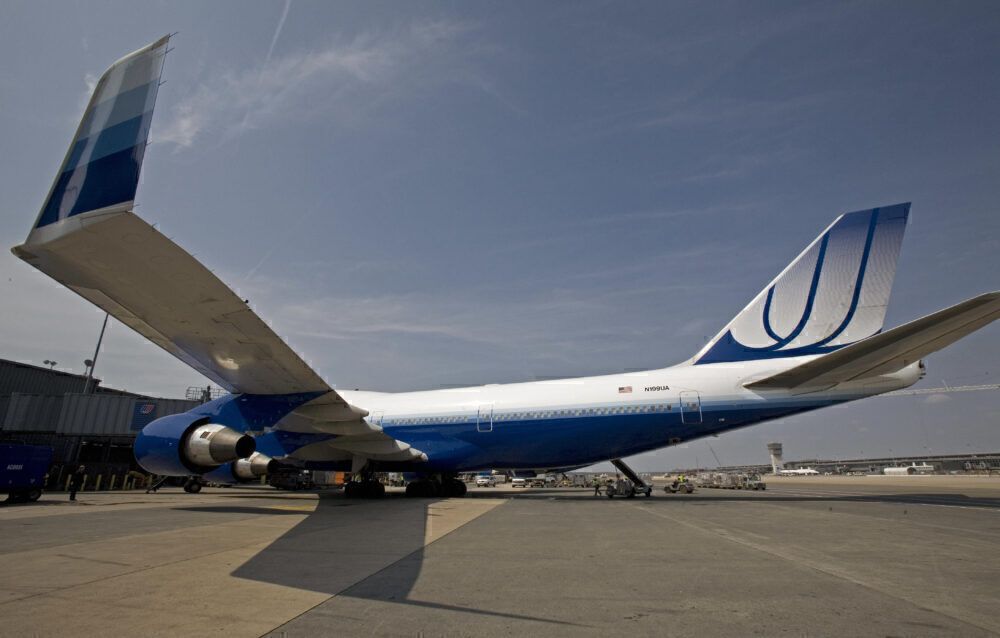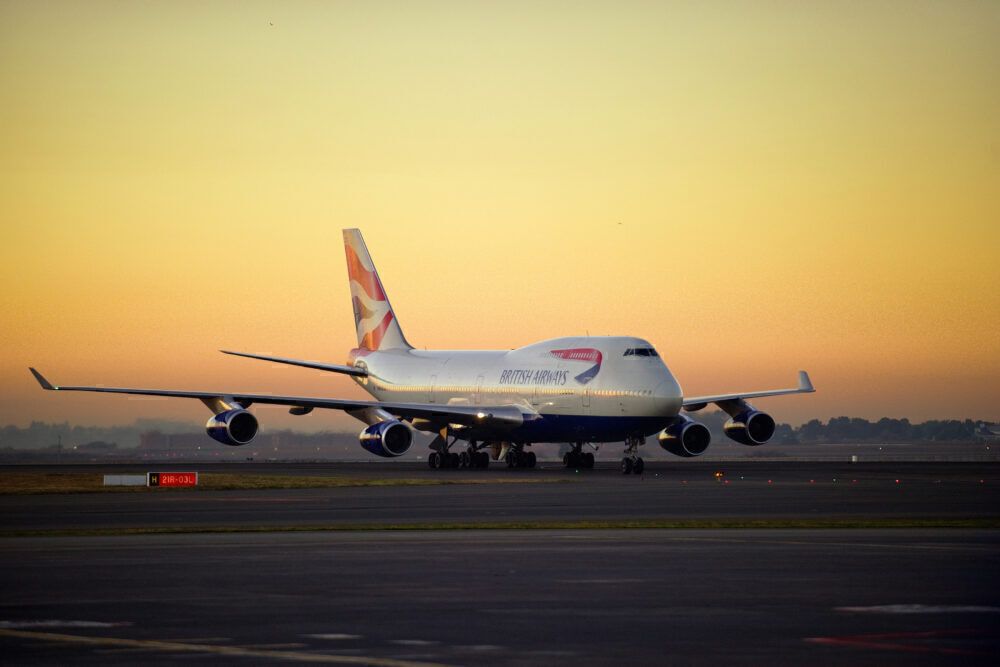If you look at a 747 from just the right angle, you’ll notice an unusual design feature. The end part of the wing, just beyond the outboard engine pylon, has an almost imperceptible twist to it. This twist was the brainchild of the legendary Joe Sutter, and is a crucial design feature of the 747s.
An almost imperceptible design feature
The Queen of the Skies is an instantly recognizable icon of the modern age. Since its introduction in 1969, the unique shape and quadruple contrails have become a familiar sight in the skies. It shook up the aviation market in ways no other airliner has before, or since, democratizing air travel and shrinking the world as we knew it.
But along with its vast size, upper deck and four engines, another less obvious design feature of the 747 was crucial to its success. It's so subtle that unless you know what you’re looking for, you probably won’t notice it at all – a barely perceptible three-degree ‘twist’ of the wings, just beyond the outboard engine pylon.
The reason this twist was developed, and the alternative to this subtle design feature, almost broke the 747 program. Were it not for the ingenuity of 747 engineer Joe Sutter, the costs of rectifying the problem could have plunged the 747 into obscurity. It’s no surprise then that the feature is colloquially known as the ‘Sutter Twist’.
Stay informed: Sign up for our daily and weekly aviation news digests!
The 747s wing problem
Joe Sutter was only 44 when he took charge of the Boeing 747 program. At the time, the best Boeing engineers were busy working on the first American supersonic transport (SST), the Boeing 2707. Joe, having been tied up fixing issues on the 737, was assigned to the less glamorous job of creating a giant aircraft, on the whim of Pan Am CEO Juan Trippe.
Back then, the 2707 engineers would tease the 747 team about their mundane brief for a big, slow jumbo jet. In the end, the 747 engineers had the last laugh, when ballooning costs and a change of impetus saw the 2707 relegated to the history books before ever being built. Nevertheless, the design process of the 747 was not without its problems.
As much as simply scaling up the technologies on the 707 seemed a straightforward enough project, Sutter knew it wouldn’t be so simple. Adding a whole other deck was not as easy as Trippe might have thought, presenting issues with safe evacuation of passengers and the aircraft’s cargo potential. Then there was the new and untested Pratt & Whitney JT-9 engines, not to mention the immense wings that were supposed to accommodate them.
It was quite late in the program when a significant wing problem was identified. During wind tunnel tests, the airflow around the wing caused the nose to suddenly pitch upward. The pressure on the outer part of the wing exceeded what the internal wing could support. This was a major problem.
Consulting with Boeing’s guru of wing design, W. T. Hamilton, Sutter realized that to correct this problem would have meant a complete redesign of the wing, decreasing the angle of attack on the outside edge. This would have set the program back by a year or more, and with parts already in production, would have cost Boeing dearly. Sutter had to come up with another solution.
The Sutter Twist
Between Sutter and Hamilton, a slightly less elegant but nevertheless effective solution was found. By creating a barely perceptible break in the leading edge just past the pylon of the outboard engine and then twisting the wing from there to the tip by just three degrees, the problem was solved. The last-minute twist of the wing produced around 80-90% of the corrective effects that twisting the entire wing would have done.
The principle of the wing twist is that the tips of an aircraft’s wing need to be the last part of the wing to stall. Twisting it downwards has little effect on lift in normal flight, but in the situation where an aircraft begins to stall, it has the effect of pushing the nose down and allows pilots to retain some control over the ailerons.
This principle has been applied in commercial jets for many years, in many ways. All versions of the 747, up to the 747-400, featured the Sutter Twist, and many other swept-wing aircraft have similar design features.
Have you ever noticed the Sutter Twist?

